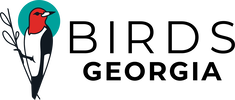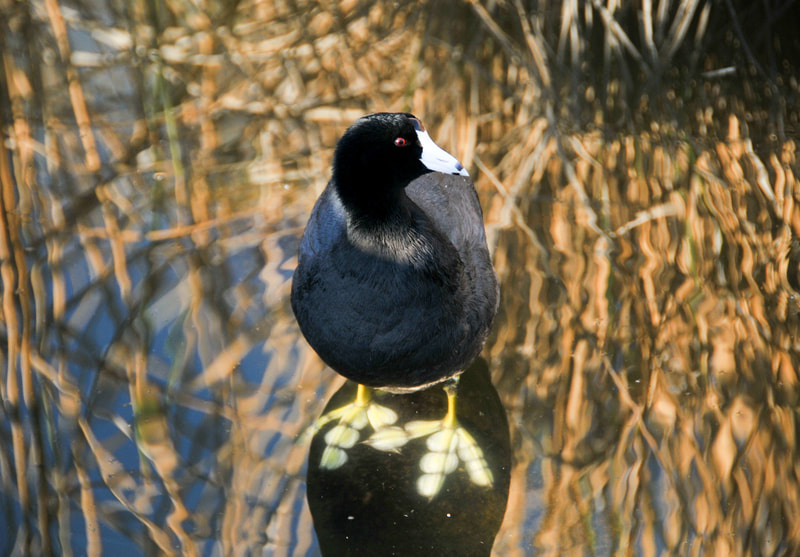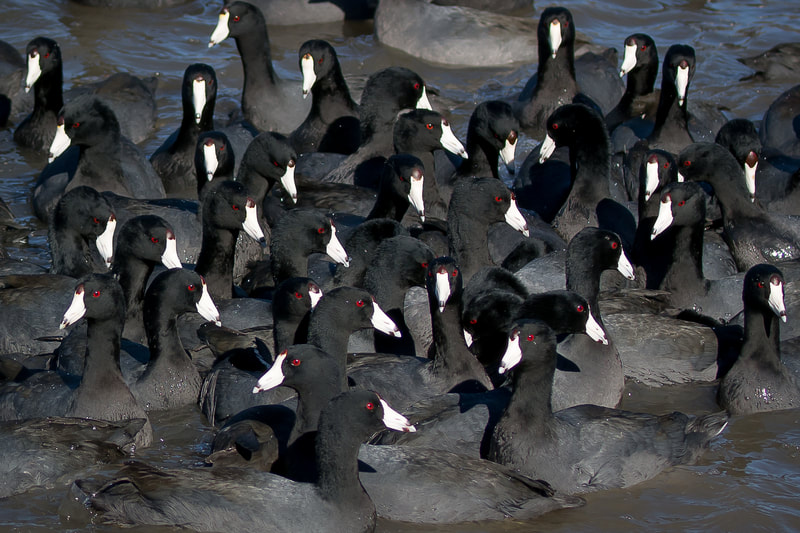|
by Steve Phenicie
If you’ve ever watched the old TV program M*A*S*H, you probably remember that Corporal Max Klinger’s favorite baseball team was the Toledo Mud Hens. Mud Hen is another name for the American Coot, but calling your team the Toledo American Coots wouldn’t sound very catchy, would it? These plentiful birds are found throughout much of North America, including the marshes along Lake Erie near Toledo, Ohio, and sportswriters are thought to have assigned the nickname to the baseball team. In much of the Southeast, they are present only in the winter. To the casual observer, they might appear to be ducks, but their chicken-like bills are not like those of ducks, and their feet are not webbed, having lobes at the ends of the toes. These plump, dark gray water birds have round black heads, very short tails, and a sloping bill. They’re found in ponds, lakes, and marshes; in winter, they also show up in fields and salt bays. For breeding season they require fairly shallow fresh water with much marsh vegetation. At other seasons they may be in almost any aquatic habitat. Migrants sometimes are seen out at sea some distance from land. Coots sometimes gather in winter flocks of several thousand and mix with other waterfowl. They eat mainly plant material as well as algae, insects, tadpoles, fish, worms, snails, crayfish, prawns, and eggs of other birds. Sometimes they steal food from other birds, including ducks. Their nest site is among tall marsh vegetation in shallow water. The nest, built by both sexes, is a floating platform of dead cattails, bulrushes, and sedges, lined with finer material and anchored to standing plants. Several similar platforms may be built, with only one or two used for nesting. Coots very aggressively defend their nesting territory, and the female typically lays from six to 11 eggs. Incubation of 21 to 25 days is by both sexes. The young can swim well soon after hatching; at night, they are brooded on a nest-like platform built by the male. The young are able to fly when about seven to eight weeks old. Some places in Georgia you might see them are Harris Neck and Savannah national wildlife refuges, both near Savannah; Phinizy Swamp in Augusta; E.L. Huie in Clayton County; Lake Seminole WMA near Bainbridge; Altamaha WMA in Darien (Butler Island specifically); Paradise Public Fishing Area east of Tifton; Reed Bingham State Park at Adel in Cook County; and West Point Lake Dam. Some cool facts about the American Coot:
0 Comments
Your comment will be posted after it is approved.
Leave a Reply. |
AuthorBirds Georgia is building places where birds and people thrive. Archives
April 2024
Categories |



 RSS Feed
RSS Feed

